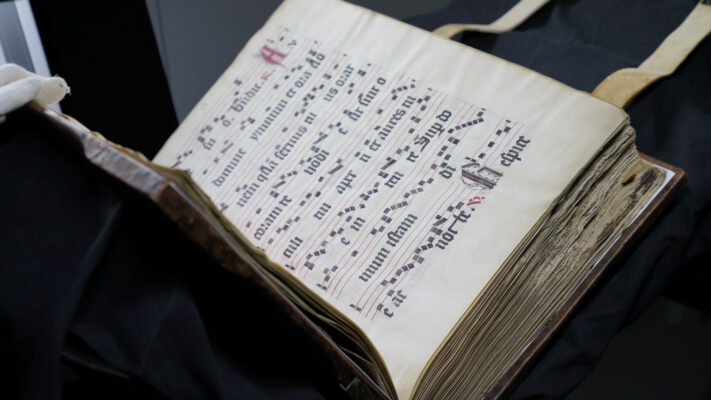Multispectral Imaging System at The National Archives
Guarding over a thousand years of national documents, The National Archives take a special role in the preservation of its country’s history. They are the official publisher for the UK government, England, and Wales, and emerged between 2003 and 2006 as a joined cooperation between four government organizations: the
Public Record Office, the Royal Commission on Historical Manuscripts, Her Majesty’s Stationery Office, and the Office of Public Sector Information. Today, they collect and manage government information, maintaining
everything from “Shakespeare’s will to tweets from Downing Street.”

“We are very pleased with the results so far […]. Ensuring access to our collection is central to our mission, so revealing text that has faded beyond our physical ability to read is a significant advancement for our team and our audiences.”
The National Archives Blog, June 2019
The National Archives in numbers
1,000
years of British history
185 km
of shelving
11 million+
objects
Project background
With a comprehensive collection of manuscripts, maps and documents, The National Archives are keen on guaranteeing thorough object preservation as well as providing extensive research opportunities. In search of a Multispectral Imaging System (MSI) which would be accessible by all staff members instead of imaging specialists only, TNA issued a corresponding tender. With the help of the MSI they hoped to increase the readability of manuscripts written in faded ink, identify unknown pigments for restoration and detect underdrawings and hidden layers in paintings. Winning the tender, book2net enabled TNA to do so.

Book2Net Action
By installing our innovative Multispectral Imaging System in March 2019 and instructing the staff on how to operate the system, TNA were given a handy equipment for digitization and restoration. The bespoke solution now continues to simplify archivists’ lives and gives them a new research tool. The next large project that was enabled is the “BT 43 Designs on Demand” project, with almost 3 million designs to be evaluated.
Results
First results have been achieved, such as the identification of a pigment in the BT registers. Also, the legibility of old documents written in iron gall ink was successfully increased and has therefore been of great help to researchers. Satisfied with the equipment, the National Archives can now embark on a journey to restoration and research.
about the mutlispectral imaging system



















